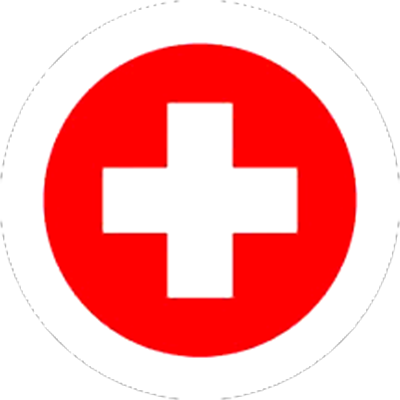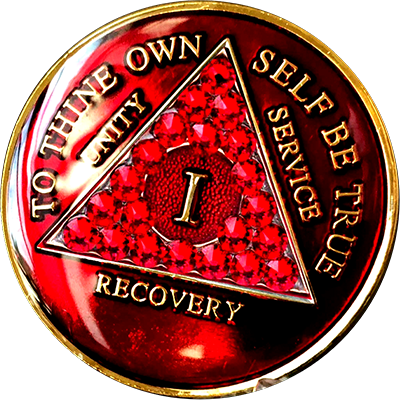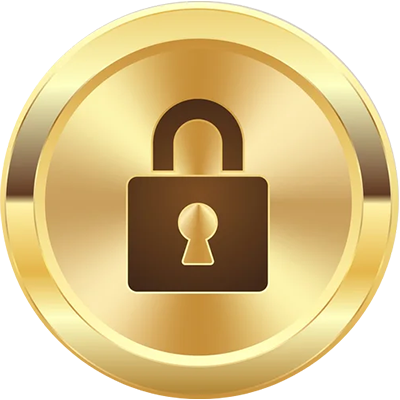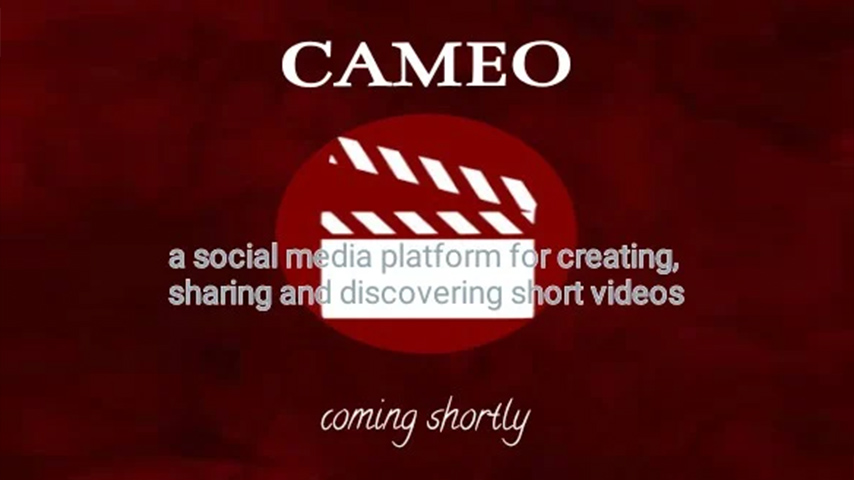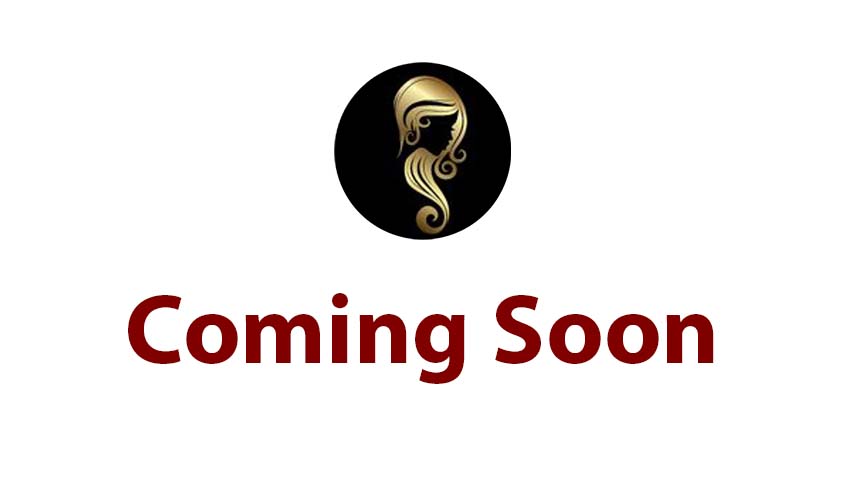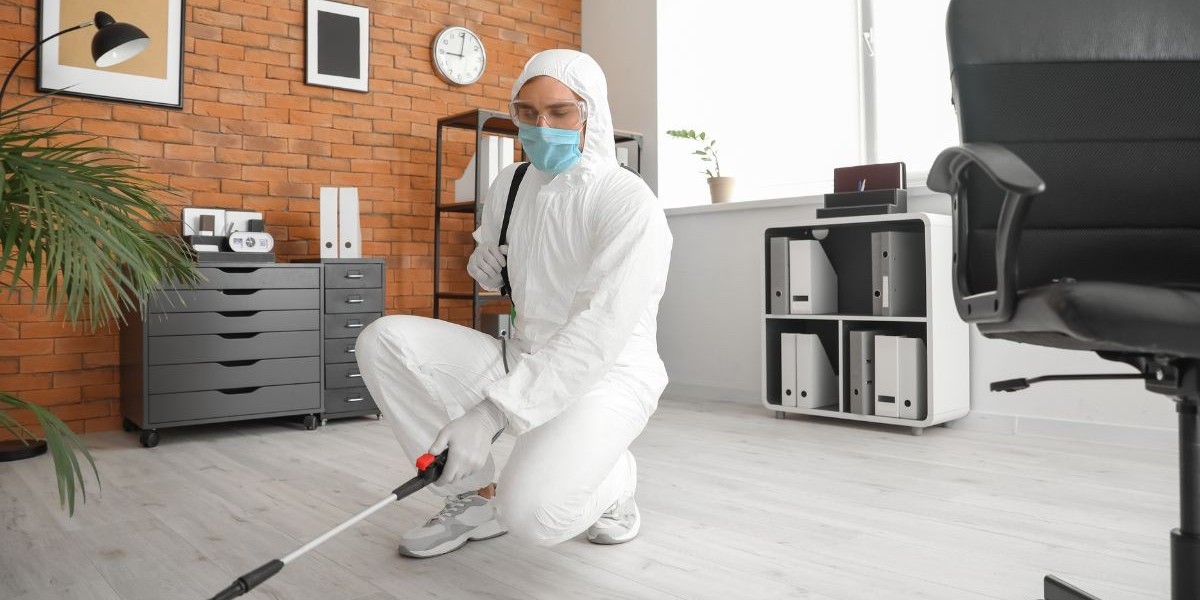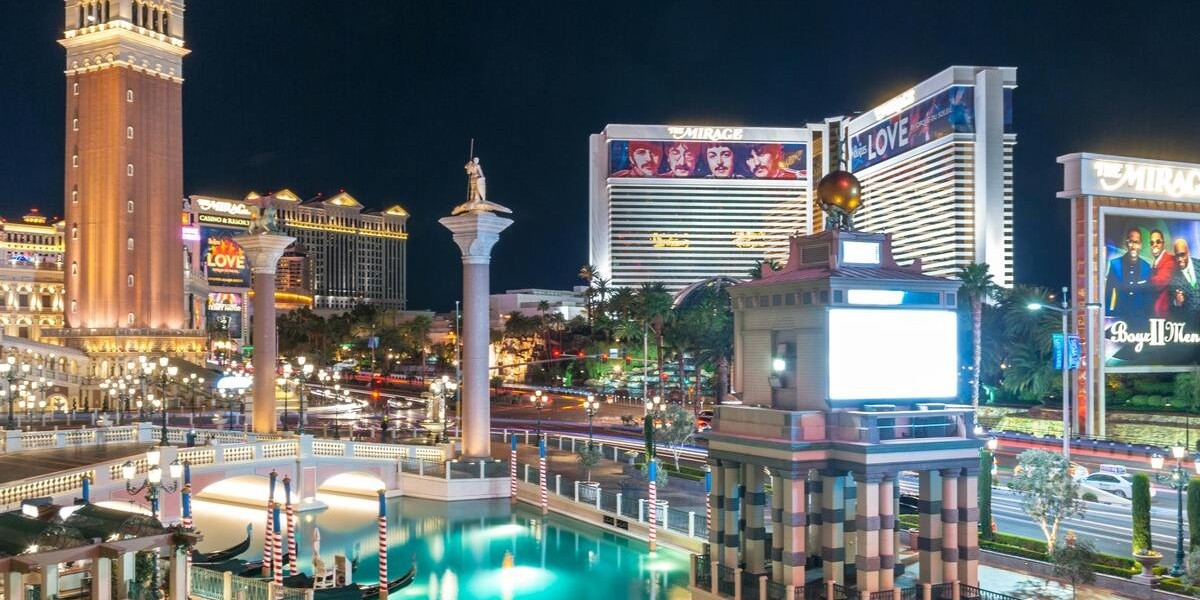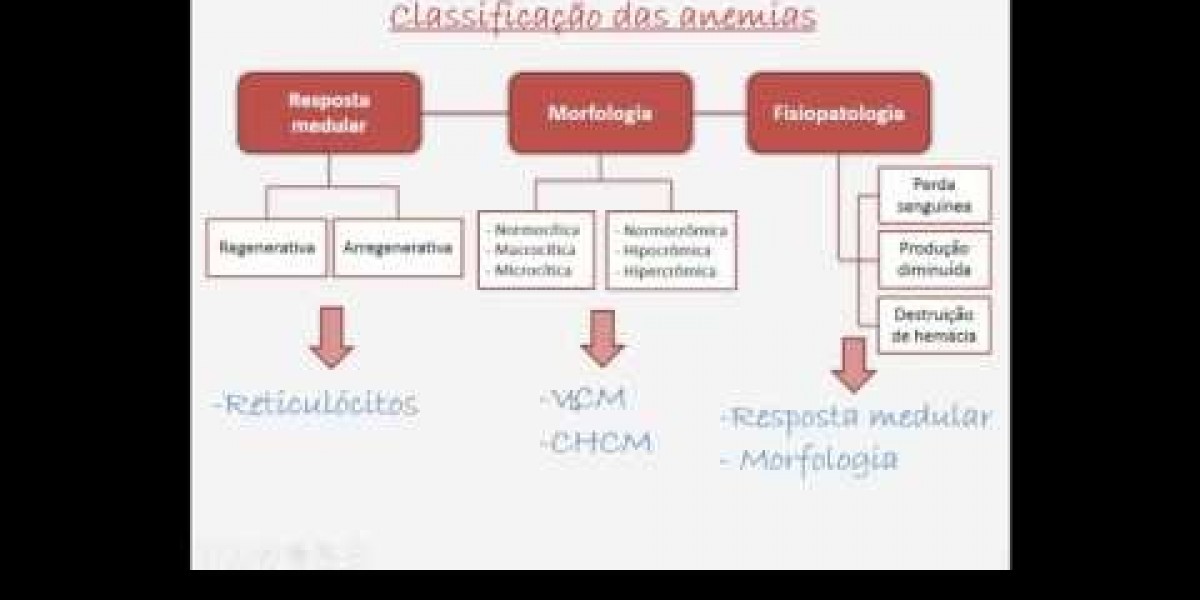Keeping an office clean is more than cosmetics. Thoughtful disinfection reduces absenteeism, protects visitors and staff, and protects your brand. This guide walks facility managers and business owners through why professional disinfecting matters, exactly what commercial cleaning teams do, how to choose a trusted provider, and a real Reno example so you can model a plan that works for your building.
Why professional disinfection matters (and when to use it)
Routine cleaning (soap + water or detergent) removes dirt, grease and many germs. Disinfection — using an EPA-registered disinfectant applied with correct dilution and contact time — is the extra step that inactivates viruses and bacteria on surfaces. For many workplaces, combining consistent cleaning with targeted disinfection of high-touch surfaces is the right, cost-effective approach to lower transmission risk of respiratory and other infectious diseases.
Two practical points most facility managers miss: (1) the disinfectant must be EPA-registered and used exactly as the label directs, and (2) surfaces must stay visibly wet for the product’s contact time (sometimes called dwell time) to be effective. Skipping either step reduces effectiveness.
What commercial cleaning services do when they disinfect (step-by-step)
A professional disinfecting program is more than “spray and wipe.” Here is the typical, results-driven process experienced companies follow:
1. Site assessment and risk prioritization
The crew evaluates foot traffic patterns, high-touch zones (door handles, elevator buttons, light switches, shared keyboards, conference tables, break rooms), HVAC considerations, and whether any past exposure events require heightened intervention.
2. Select approved products and methods
Trustworthy providers use EPA-registered disinfectants (many are listed on EPA’s List N for viral pathogens when appropriate) and match application method to the product label (wipes, ready-to-use sprays, diluted solutions). The label is the law — it tells you dilution, contact time and whether a product is allowed for a given application method.
3. Clean first, then disinfect
Disinfectants work best on pre-cleaned surfaces. Commercial teams remove visible soil, dust and debris before applying the disinfectant so the active ingredients reach the surface and contact pathogens.
4. Apply disinfectant correctly
Professional crews follow label directions for contact time, wear appropriate PPE, and apply the right volume so surfaces remain wet for the required period. They may use microfiber cloths, mop systems, or approved sprayers — but only when allowed on the product label and with trained operators.
5. Documentation and verification
Credible firms provide logs, SDS (safety data sheets), and proof-of-service checklists. Some will perform follow-up ATP testing or visual inspections to demonstrate results when clients require verification.
Tools, technologies and safety cautions
Commercial cleaners may use a combination of manual methods and technologies. Important notes:
Microfiber and HEPA vacuums: Effective at removing soils and particulates before disinfection.
Electrostatic sprayers: Can improve coverage in some settings but must be used only with disinfectants and application methods approved on the product label, and by trained operators. In many cases fogging/wide-area misting is not recommended as a primary method because of safety and efficacy concerns.
UV-C / vapor technologies: Emerging technologies can be effective in select settings but require trained operators and validation; they are not a one-size-fits-all substitute for standard cleaning + disinfection.
PPE & worker safety: Training to read product labels, handle and store chemicals safely, and use PPE correctly is required by OSHA and is a sign of a reliable contractor. Ask for their safety training records and SDS files.
How to choose a trusted office building cleaning company in Reno, Nevada
When you’re searching for Trusted Office Building Cleaning In Reno Nevada, vet prospects with this checklist:
Local references and Reno experience — local weather, seasonality, and building types matter. Ask for Reno references.
EPA-registered disinfectants and product lists — require contractors to name the products they use and confirm EPA registration.
Written scope and frequency — daily, nightly, weekly, deep clean, HVAC filters, and seasonal adjustments (Reno’s dust and winter salt issues are real).
Training & certifications — staff must be trained to follow labels, use PPE, and follow SDS protocols (OSHA standards).
Insurance and bonding — liability insurance and workers’ comp are non-negotiable.
Verification & reporting — demand service logs, pre/post photos, and (optionally) ATP or microbial testing when you need proof.
Transparent pricing & contractual flexibility — clear per-service pricing, escalation clauses, and a plan for post-exposure cleanups.
Sustainability / green options — if you want low-VOC or green chemistries, confirm the vendor’s capabilities (many offer “green” disinfectant programs).
Using a local, trusted provider reduces turnaround time, simplifies compliance with Reno building requirements, and avoids the "one-size-fits-all" approaches that fail in seasonal climates.
Sample disinfecting schedule (practical example)
Daily (nightly or between shifts): Wipe and disinfect high-touch points (doorknobs, elevator buttons, handrails, shared phones, faucets).
Weekly: Disinfect communal areas (conference rooms, break rooms), spot-clean carpets, and vacuum with HEPA filters.
Monthly: Deep clean soft surfaces as needed, check and replace HVAC filters, perform a documented walkthrough.
Quarterly / Seasonal: Deep carpet cleaning, duct/HVAC assessment, and a seasonal plan for winter salt and spring dust.
Adjust frequency for high-traffic facilities (medical offices, retail, restaurants) versus low-traffic administrative offices.
Real-world Reno case study (paraphrased, practical takeaways)
A mid-sized Reno office was struggling with seasonal dust build-up and winter salt stains that affected air quality and employee comfort. After engaging a local commercial cleaning company, they implemented a seasonally adjusted schedule: more frequent matting and floor care in winter, targeted HVAC filter changes in summer, and quarterly deep cleans in spring. The result: fewer employee complaints about allergies, improved client impressions, and a measurable improvement in overall appearance and maintenance costs. The cleaning partner’s local knowledge and tailored plan made the difference.
Takeaway: Local, season-aware companies deliver better outcomes than generic national campaigns because they know Reno’s specific challenges.
Cost considerations & return on investment
Pricing depends on square footage, frequency, services (daily janitorial vs. deep disinfection), and special technologies. Instead of buying on price alone, evaluate ROI:
Fewer sick days and higher productivity
Lower maintenance/repair costs (floors and carpets last longer with proper care)
Better customer impressions and fewer complaints
If you want, I can draft an RFP template and an estimated cost worksheet tailored to your Reno office size and foot traffic.
Documentation, compliance and communication (what to require)
Ask your vendor for:
SDS and product list for every chemical used.
Proof of EPA registration for disinfectants.
Training records for staff (hazard communication, PPE use).
Service logs and checklists showing date, time, crew, and areas serviced.
Insurance certificates and business license.
These items protect you legally and operationally if a problem arises.
Quick operational checklist — day one with a new vendor
Walk the building together and mark high-touch zones.
Agree on product list (EPA-registered).
Set frequencies and create a color-coded checklist.
Ask for SDS and confirm PPE protocols.
Establish reporting cadence (daily log, weekly summary).
Schedule a one-month review to tweak the plan.
FAQs
Q: Do I need to disinfect every day?
A: Not always. Focus daily disinfection on high-touch surfaces; deep disinfection is scheduled based on risk and foot traffic. Routine cleaning should happen daily where people work.
Q: Are foggers and misters effective?
A: Fogging, fumigation, and wide-area aerosol methods are generally not recommended as primary disinfection methods unless the disinfectant label explicitly allows them and trained operators perform the work. They carry safety and efficacy concerns.
Q: How long does disinfectant need to sit?
A: Follow the product label — the contact (or dwell) time can range from seconds to minutes; the surface must remain visibly wet during that time.
Q: How can I prove the work was done?
A: Require signed checklists, photos, and (if needed) ATP or microbial spot tests. Many providers will include digital logs with time-stamped evidence.
Conclusion
A reliable disinfecting program blends routine cleaning with targeted disinfection, documented procedures, trained crews, and EPA-registered products. For businesses searching for Trusted Office Building Cleaning In Reno Nevada, prioritize local experience, safety training, and transparent documentation. Done well, professional disinfecting protects health, preserves assets, and supports your brand reputation — and in Reno’s climate, seasonally tuned plans are a practical must. If you’d like, I can:
Draft a one-page RFP to send to local providers,
Create a sample service checklist for your building size and use, or
Help you shortlist vetted, top-rated Reno vendors.






